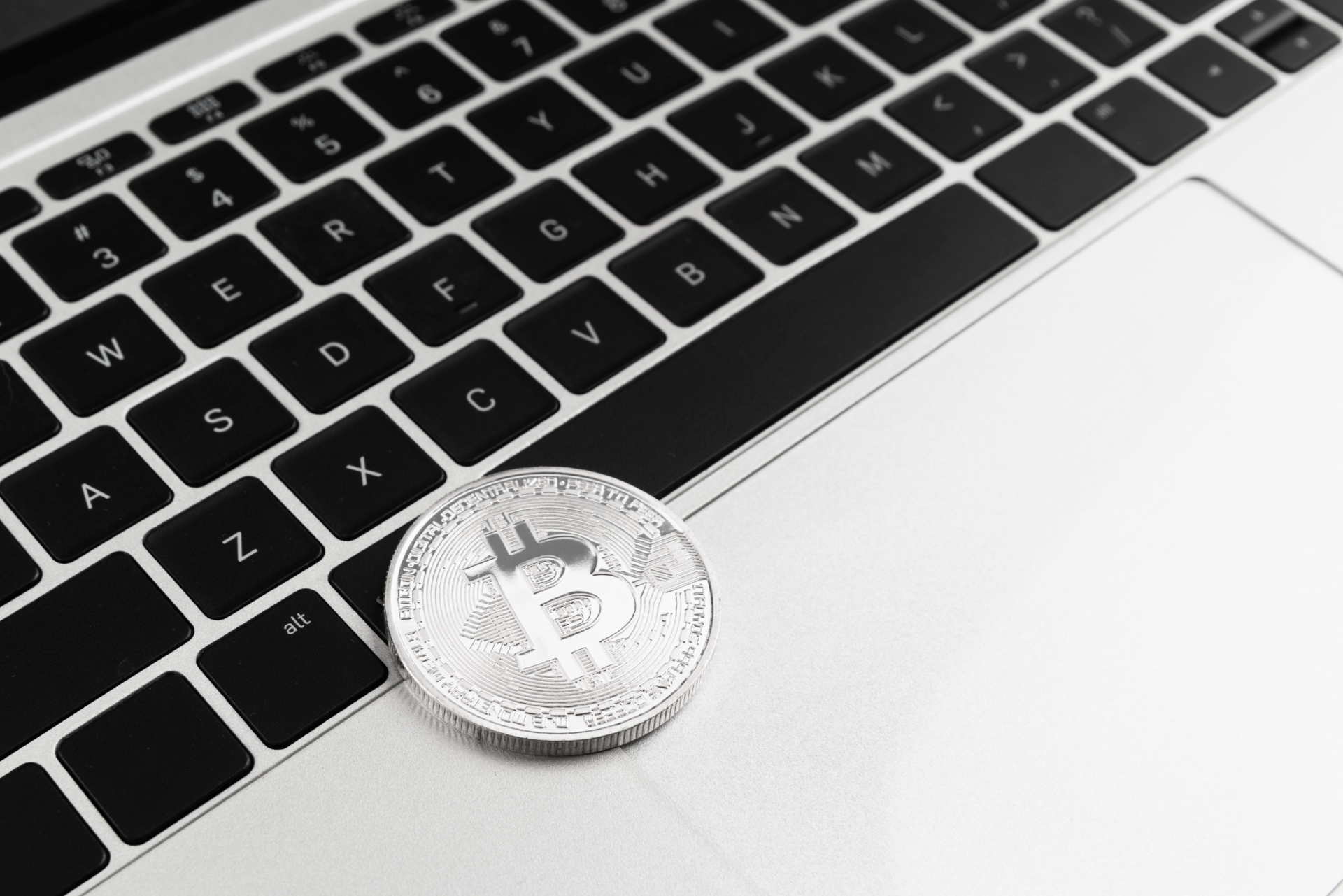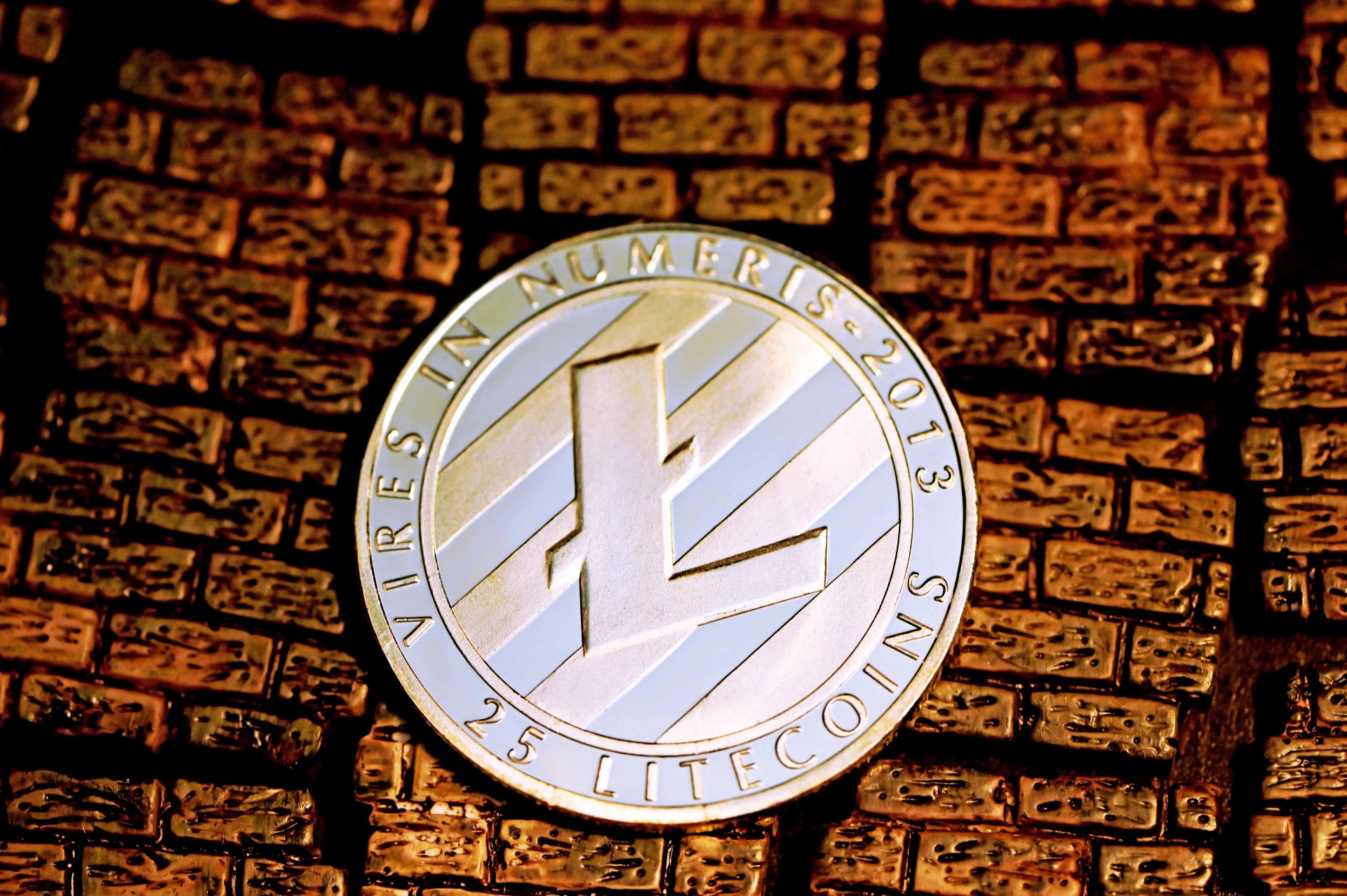How to hedge risks when investing in Bitcoin
Investments in cryptocurrencies are associated with high risks and can lead to losses and even to the complete loss of all funds. In such situations, every Bitcoin investor should have tools in stock to minimize the risks. In this article, we will talk about such tools that investors can use to hedge risks.
What is hedging?
Hedging is the opening of transactions that are equal in amount and opposite in direction in order to compensate for market risks. Investors and traders use this method if they need to insure their assets against a fall, for example, during periods of flat and uncertainty in the market.
Hedging is one of the main risk management strategies used by professional traders, investors, and hedge funds.
How it works
The mechanics of hedging is simple. Let’s explain it with an example: an investor buys 1 BTC for $12,000. There is no clear upward trend in the crypto market, and the cryptocurrency exchange rate is consolidating, so the investor is not sure that the price will continue to grow. Then it opens the opposite position, using derivative financial instruments, such as futures, perpetual contracts, or margin trading with leverage. So, the investor opens a short position to sell 1 BTC at the price of $12,000. Then, if Bitcoin falls to $10,000, the first position will result in a loss of $2,000. But this loss will be offset by $2,000 profit from the second transaction. As a result, the trader will lose only a small amount on trading fees, but will retain the main part of the investment.
Next, there are two action scenarios:
- Lock in the second position, getting $2,000 profit and continue to hold the first position in anticipation of further growth. At the same time, if the price goes even lower, the investor loses funds.
- Leave the second position and close it only in the case that the price will bounce and form an upward trend.
- Close the second position with a profit and open a new short position but at the price of $10,000. However, for hedging, the amount will be the same in Bitcoin: 1 BTC, but in dollar terms it will be less than the initial position.
But this is not the only way to hedge risks when investing in Bitcoin. In addition, not all Bitcoin investors use crypto exchanges. Many people prefer to safely store cryptocurrency in a wallet. They also have ways to hedge risks.
How to hedge Bitcoin if you don’t trade on crypto exchanges
The aforementioned methods are suitable for users of cryptocurrency exchanges, but if you want to buy Bitcoin through exchanges and are going to store cryptocurrency in your wallet, these methods will not work for you. But there is one great way that will help not only reduce losses, but also fix additional profits if the price of cryptocurrency increases.
Note. To hedge risks in this way, you need to use 50% to buy Bitcoin, and leave 50% in dollars, so that you can provide a safety cushion in case of the exchange rate collapse.
For this method, we will use the HiRiBi exchanger. The service allows you to sell the Bitcoin cryptocurrency at a price higher than the average market rate. The idea is that the exchange rate of cryptocurrencies may differ by 10% or even more on different crypto exchanges. But not all small investors have access to such platforms. But some companies, such as HiRiBi, can trade on them, which allows them to buy cryptocurrency from users at a higher rate than on crypto exchanges.
For HiRiBi, the benefit is that they do not need to transfer cryptocurrency from another platform in order to sell it high on one of the exchanges. When buying BTC, users immediately transfer cryptocurrency to the HiRiBi wallet and receive USD to their PayPal wallet. Funds are sent immediately after 3 confirmations of the Bitcoin network. Let’s look at several options and calculate how much profit you can make when hedging risks in these ways.
Option #1
You buy 0.2 BTC at the price of $12,000. You leave 0.1 BTC stored in the wallet, and fix immediately another 0,1 BTC using the HiRiBi exchanger. This way you will have a margin of profit in the event of the BTC exchange rate collapse and room to maneuver so that you can fix a profit or at least go to breakeven.
Then you immediately sell 0.1 BTC on the HiRiBi website. The exchange rate may vary depending on the price on crypto exchanges and exceed the exchange rate by an average of 5% – 10%. For example, now with the Bitcoin market rate of $12,000, the rate at HiRiBi is $13,282, but for convenience of calculations, we will round the rate down to $13,200.
So, you sold 0.1 BTC for $1,320 and $120 is your income. Now, even if the bitcoin exchange rate drops to $10,800, you can break even. But that’s not all. Let’s say that the Bitcoin rate really dropped to $10,800. Then you will again be able to sell the remaining 0.1 BTC via HiRiBi at a rate of approximately $11,800. Then you will lose only $20 in the first position, but in the end, you will still get a profit of $100.
Total
Invested: $2,400
Profit: $120 – $20 = $100
Conclusions: even taking into account the fall in the price of BTC, this method allowed not only to reduce losses, but also to get a profit as a result. You can also use other proportions, for example, leave 30% of the amount in Bitcoins, and sell 70% immediately through HiRiBi. Then possible losses will be reduced even more.
Option #2
You buy 0.1 BTC at the rate of $12,000 for 50% of the available amount, and leave another 50% in case the bitcoin price falls. Let’s say the price of BTC drops to $10,000. Your loss will be $1,200 – $1,000 = $200.
Then you buy 0.12 BTC for the remaining $1,200 (you can do more if you want to break even or make a profit) and sell coins on HiRiBi at a rate of approximately $11,000. Then you will get $1,320 in the end and your income on the second transaction will be $120. But if you buy 40% more bitcoin and sell it on HiRiBi, you will break even. And if you get even more, you will make a profit.
Total
Invested: 2.400
Profit: $120 – $200 = -$80
Please note that you also need to take fees into account. P2P exchangers are great for buying, because the exchange rate is closer to the market rate, and the fee for withdrawing funds from the account is approximately equal to the fee of the Bitcoin network.
Conclusions: instead of $200, your loss was reduced to just $80. However, the first option is more profitable to use, since you immediately fix the loss and can prepare for a fall in the exchange rate. But you can also increase the size of the position – then you will not only be able to compensate for losses, but also make a profit.
Conclusion
You can hedge risks in different ways, depending on how you invest in Bitcoin: buy on cryptocurrency exchanges or through exchangers, and then store it in your wallet. Each method has its advantages and disadvantages. It is not safe to store funds on crypto exchanges: it can be hacked, and cryptocurrency can be stolen. however, there are higher fees on exchangers, but they can be reduced if you sell Bitcoins for PayPal USD on HiRiBi, as well as reduce losses in the event of the exchange rate collapse.





























































118 comment(s)
3
3
3
3
3
3
3
3
3
3
3
3
3
3
3
3
3
3
3
3
3
3
3
3
3
3
3
3
3
3
3
3
3
3
3
3
3
3
3
3
3
3
3
3
3
3
3
3
3
3
3
3
3
3
3
3
3
3
3
3
3
3
3
3
3
3
3
3
3
3
3
3
3
3
3
3
3
3
3
3
3
3
3
3
3
3
3
3
3
3
3
3
3
3
3
3
3
3
3
3
3
3
3
3
3
3
3
3
3
3
3
3
3
3
3
to 3
3
3
3
3
3
3
3
3
to 3
3
3
3
3
to 3
3
3
to 3
3
3
3
3
3
3
to 3
3
3
to 3
3
3
3
3
3
3
to 3
3
3
3
3
to 3
3
3
3
3
to 3
3
3
3
3
to 3
3
3
3
3
to 3
3
3
3
3
to 3
3
3
3
3
to 3
3
3
3
3
to 3
3
3
3
3
to 3
3
3
3
3
to 3
3
3
3
3
to 3
3
3
3
3
to 3
3
3
3
3
to 3
3
3
3
3
to 3
3
3
to 3
3
3
3
3
to 3
3
3
3
3
to 3
3
3
3
3
3
3
to 3
3
3
to 3
3
3
3
3
3
3
to 3
3
3
3
3
to 3
3
3
3
3
3
3
3
3
3
3
3
3
3